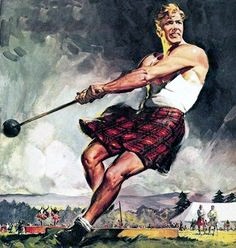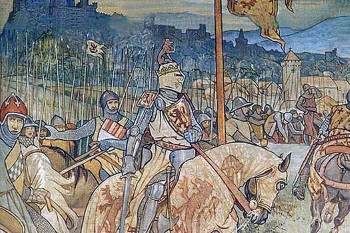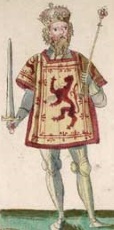Value of Highland Games to Scotland placed at around £25m every year
All around the world people participate or are spectators at Scottish Highland Games. Seen as a way of celebrating Scottish customs it is one of Scotland’s biggest cultural exports. Features of the Games include competitions in piping and drumming, dancing, heavy athletics, as well all kinds entertainment and exhibits related to many aspects of Scottish and Gaelic culture.
The Scottish newspaper The Scotsman has recently reported on new research that shows that the Highland Games boost the Scottish economy by around £25m every year. The article quotes Dr Marjory Brewster, a lecturer at Queen Margaret University, Edinburgh. She said: “Our research indicates that 25% of visitors to highland games are international.
“This is really important for Scotland’s tourism and events industry, and provides a major boost to the economies of key communities. “Many of the events take place in the highlands and islands, and due to their increased popularity, these events help drive visitor numbers to key locations thereby spreading the tourism spend across the country.”
The first historical reference to the type of events held at Highland Games in Scotland was made during the time of King Malcolm III (Scottish Gaelic: Máel Coluim; c. 1031 – 13 November 1093) when he summoned men to race up Craig Choinnich overlooking Braemar with the aim of finding the fastest runner in Scotland to be his royal messenger. They were also thought to have originally been events where the strongest and bravest soldiers in Scotland would be tested. These gatherings were not only about trials of strength. Musicians and dancers were encouraged to reveal their skill and talents and so be a great credit to the clan that they represented.
The Ceres Games in Fife, which began in 1314, are thought to be the oldest, continuous Highland Games in Scotland. They proudly state that the Ceres Highland Games are ‘held in honour of the brave men of Ceres who fought at Bannockburn.’ The Battle of Bannockburn (Scottish Gaelic: Blàr Allt nam Bànag) on 24 June 1314 was a major Scottish victory against the English in the First War of Scottish Independence.
The Cowal Highland Gathering, held in Dunoon (Scottish Gaelic: Dùn Omhain), Scotland, annually in August, is the largest Highland games in the world. The Braemar Gathering is often thought to be the best known games and traces its origins in the games held by King Malcolm III. These events in Scotland are mirrored abroad. Scottish traditions and culture were spread as people from Scotland moved around the world. Caledonian Societies were formed in Canada, New Zealand, the United States, Australia and wherever around the globe Scots met and reunited.








